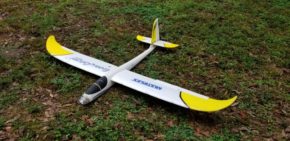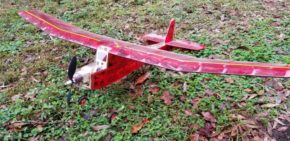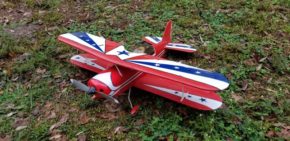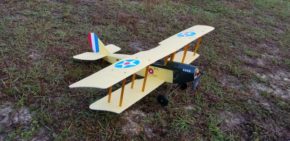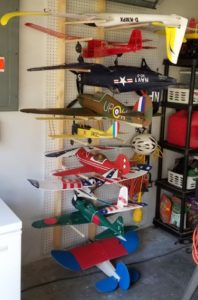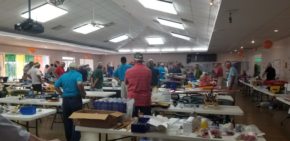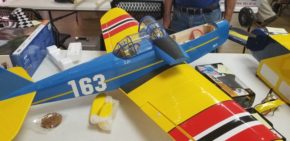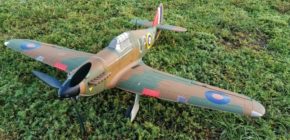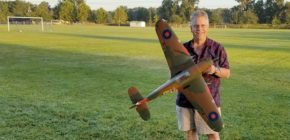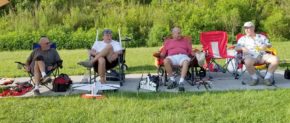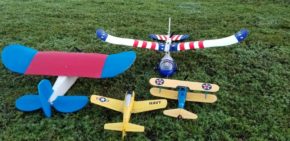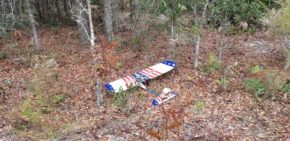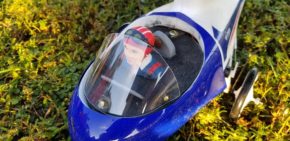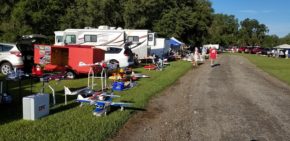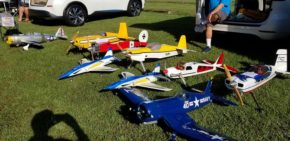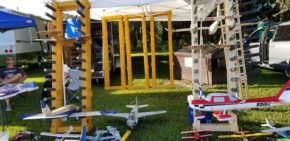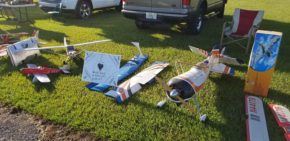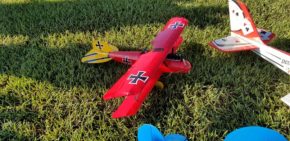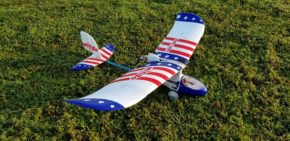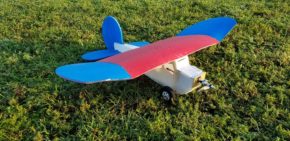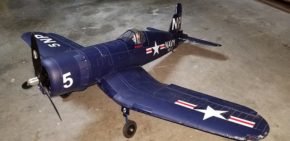Recently, I was contacted by Joe, a friend of mine, who had acquired a container full of old model kits to sell. The collection turned out to be a fascinating hodge-podge of plastic and wood kits from many eras. Joe was asked to try to sell them for another church member who was bequeathed the kits from family members. He asked if I could help him with pricing and to make an offer on anything I wanted. I looked up a couple of kits online, but don’t have the time for serious research. I also do not have the time to build static models nor the space to display them.
Below are most of the kits and other items that are available. There appear to be some fine collectible items among these kits. If something piques your interest and you want more information about it, I’d be happy to oblige. As far as price, just make a reasonable offer. Click on any image to make it larger.
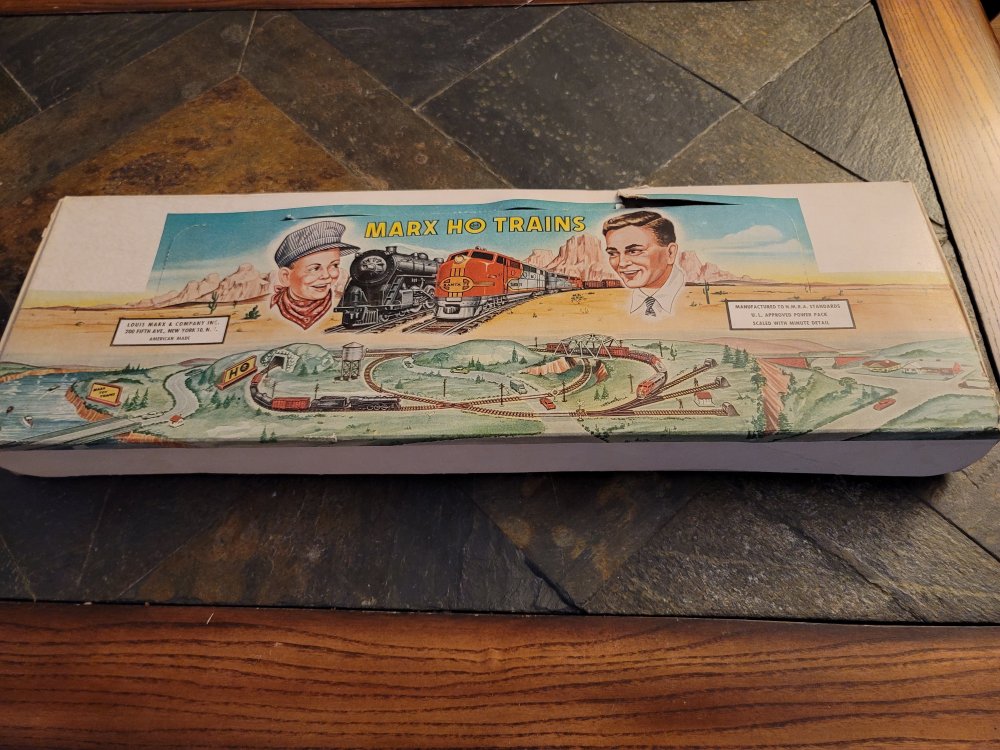
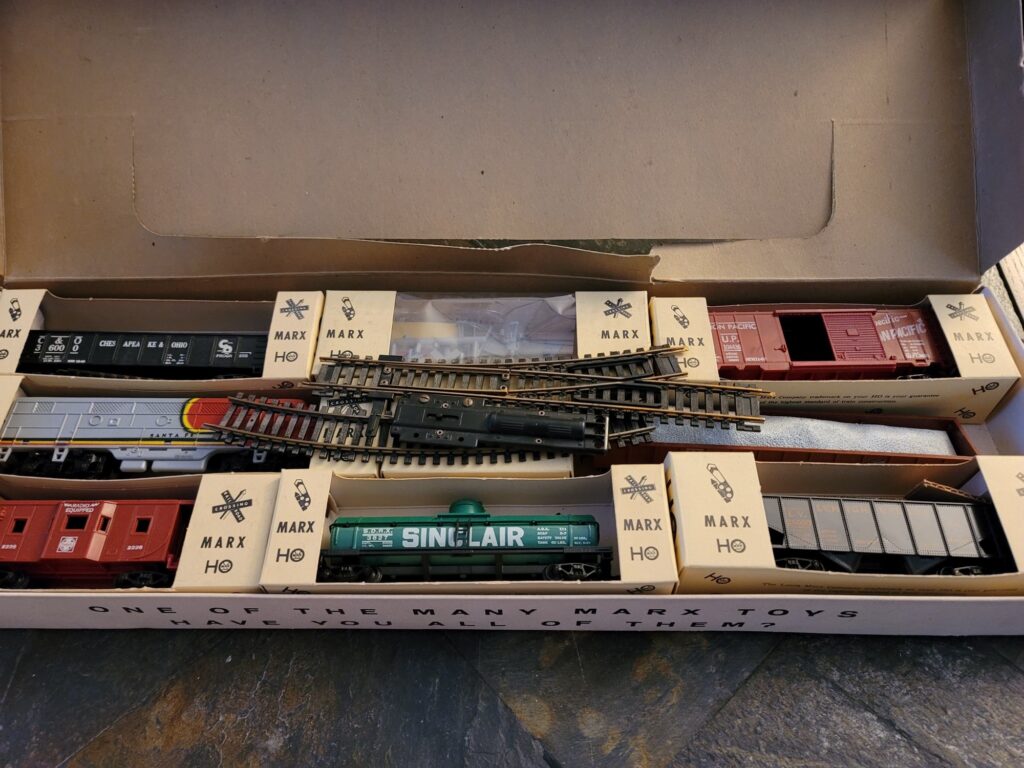
This is a Marx HO beginner train layout. It does have a switch, but I did not see a transformer. I did not set it up to see if all the track was there, but it doesn’t look like it was ever used.
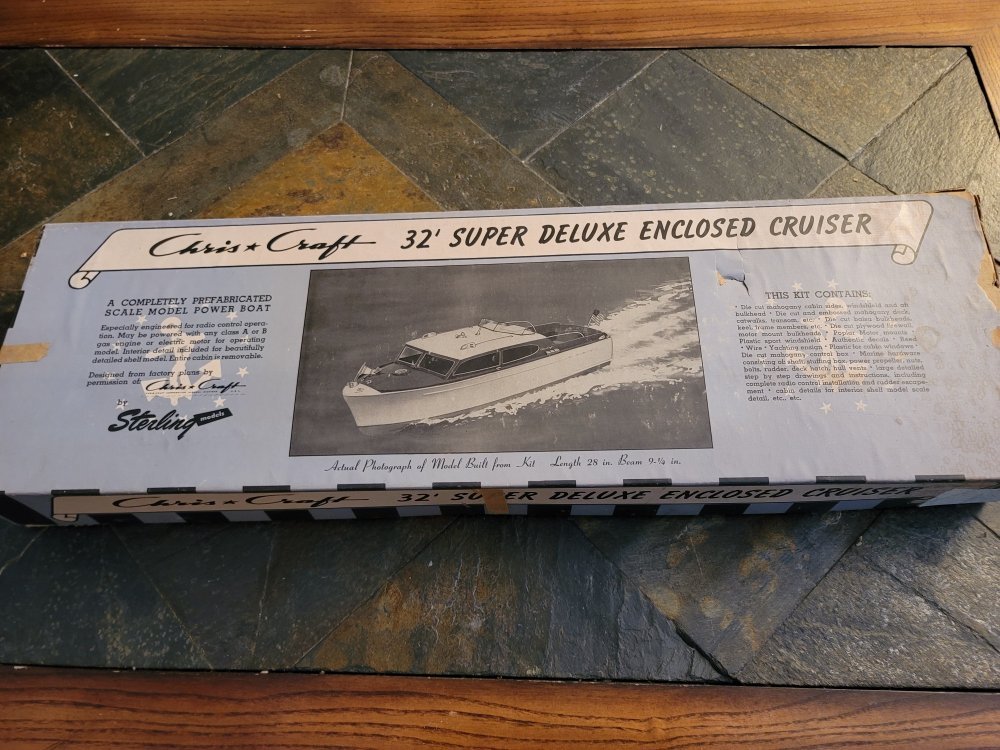
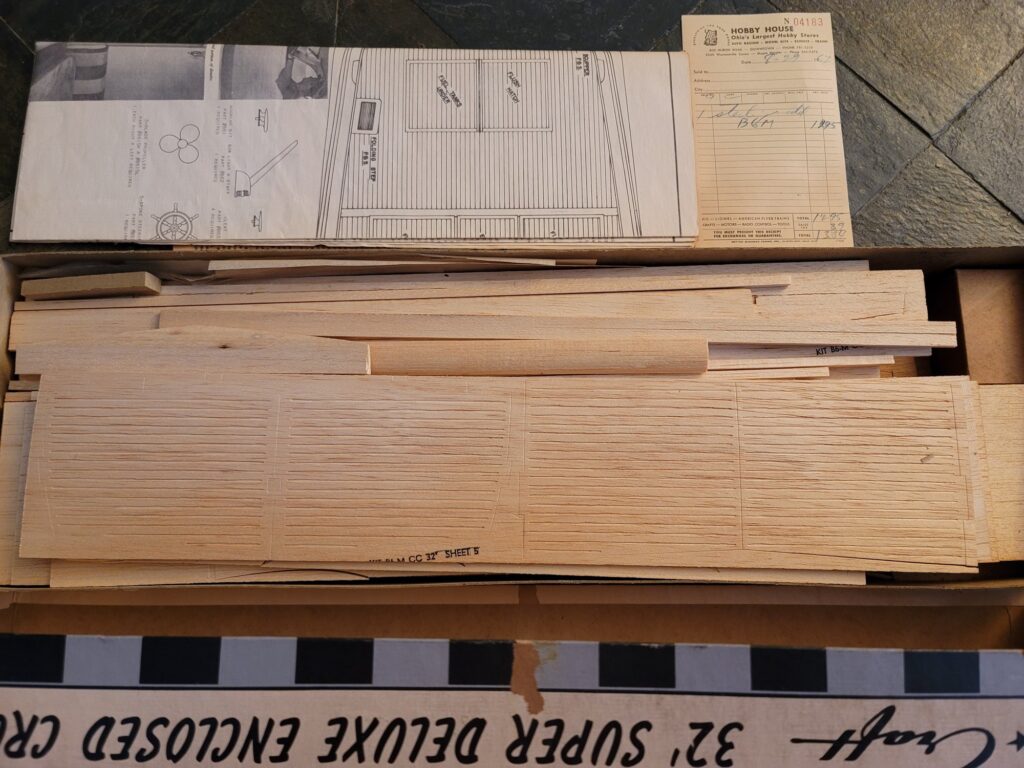
This is a beautifully detailed Chris Craft kit from Sterling that I actually considered acquiring. It is designed for 2-channel R/C control. The picture of the receiver showed vacuum tubes! Not a kit for a beginner.
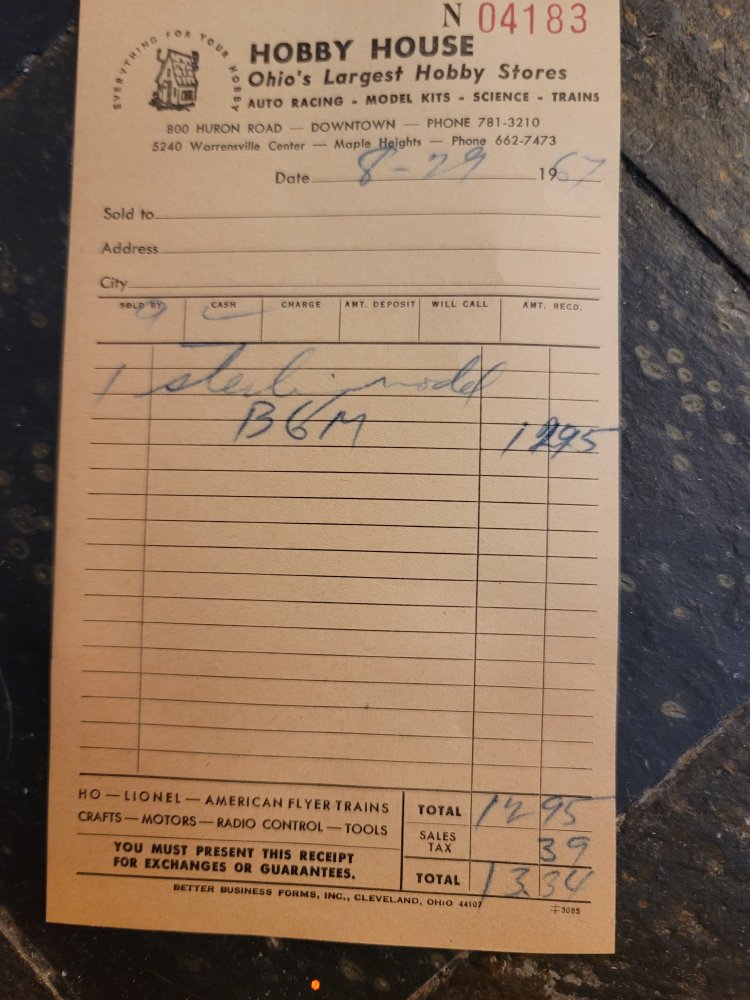
A receipt for the original purchase, maybe?
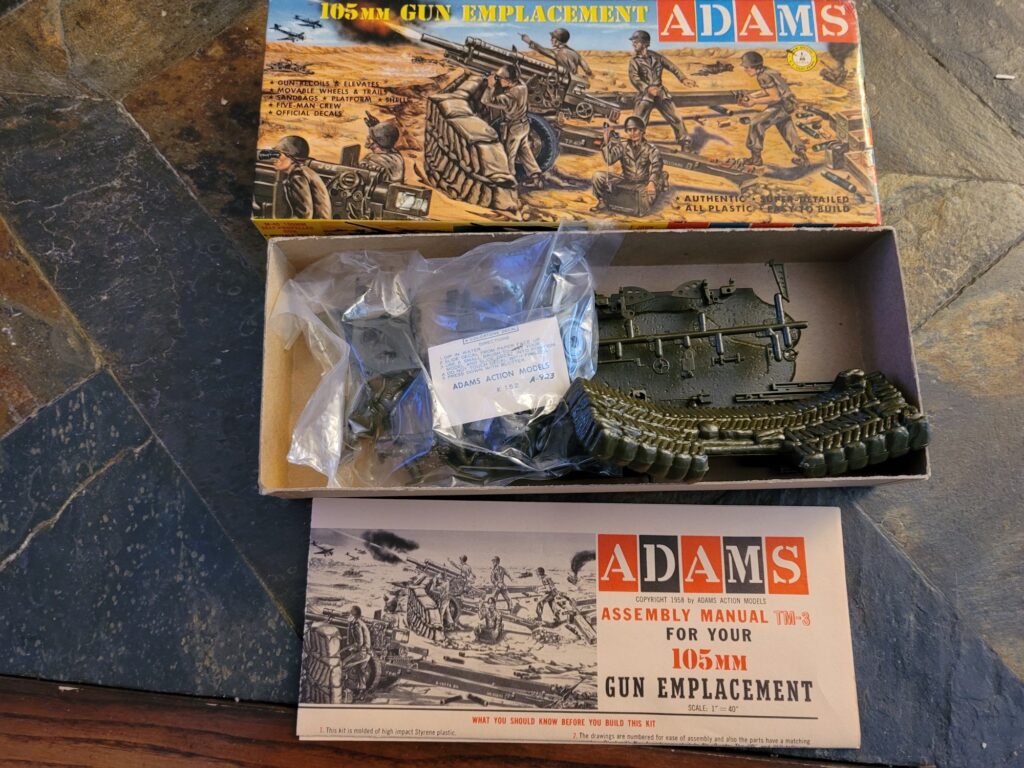
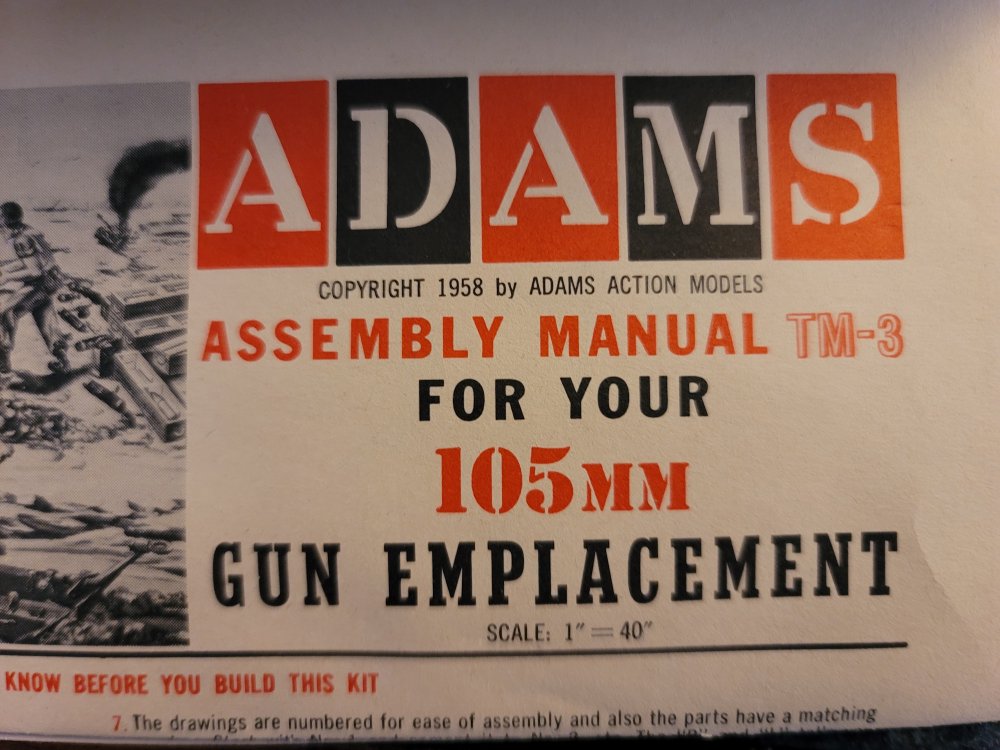
A kit that’s as old as I am… It seems to have several moving parts and a lot of detail.
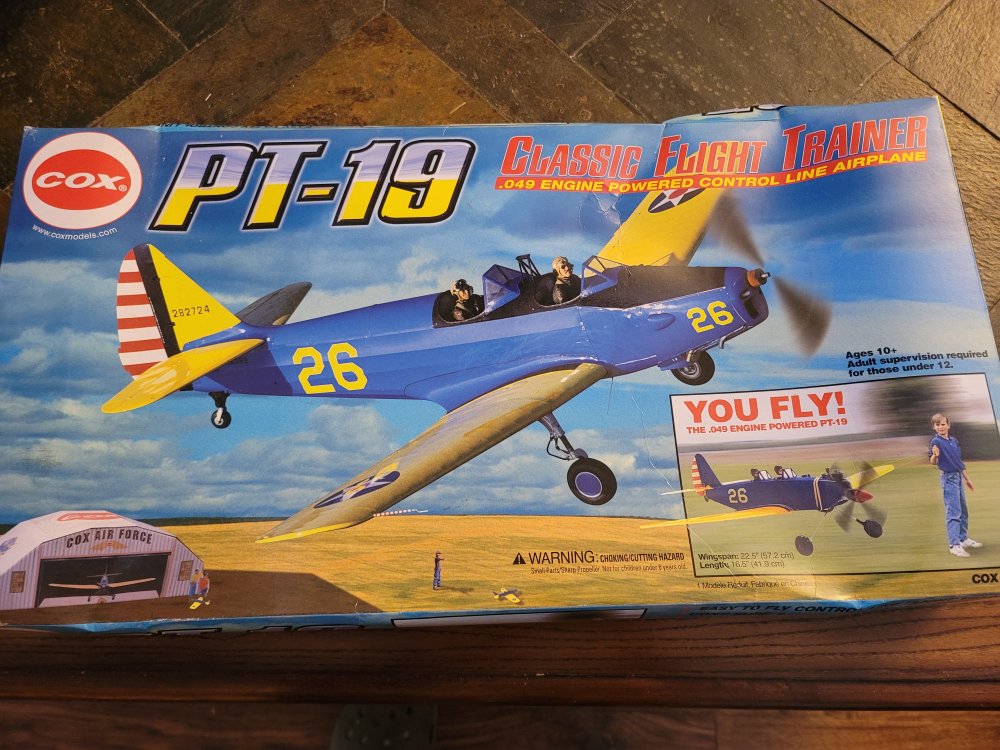
A control line glow-plug model. It is still shrink-wrapped, so I did not open it.
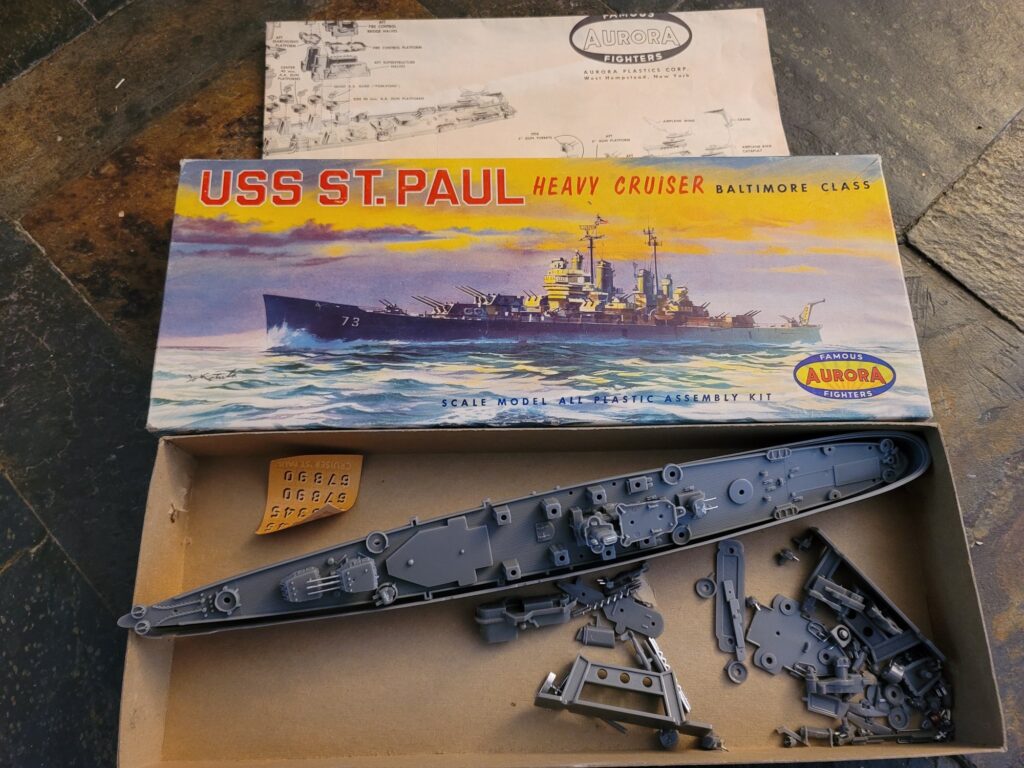
A simple Aurora Ship model. It looks like there is a little construction begun on the deck. This is the initial release of this kit from 1957.
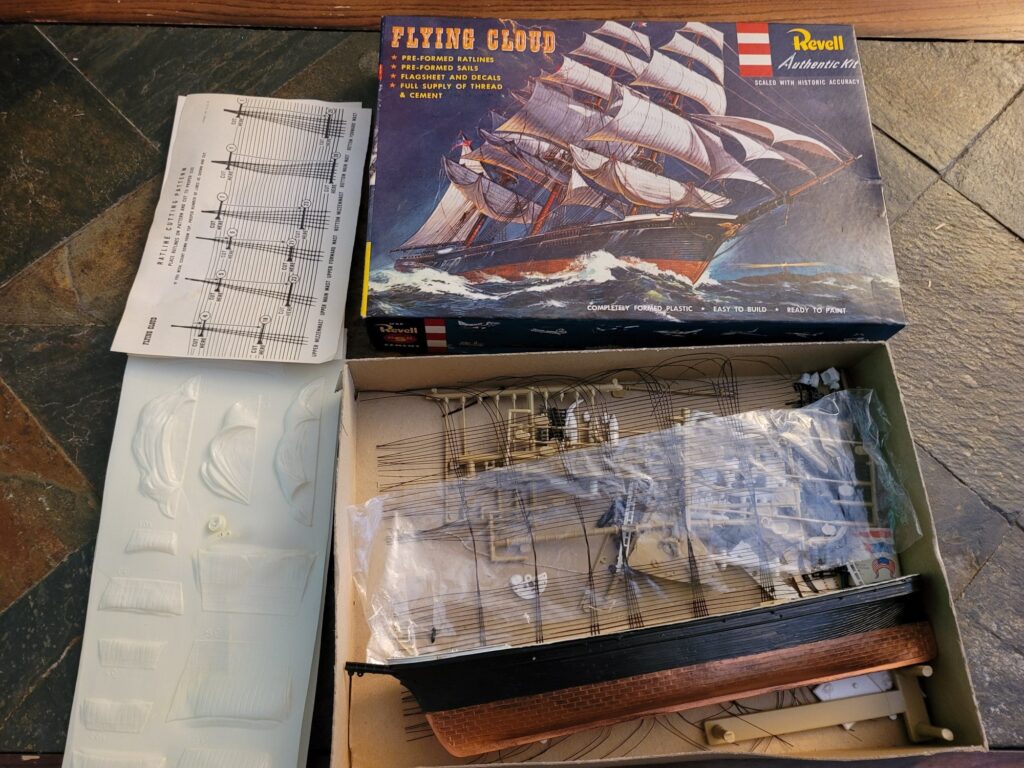
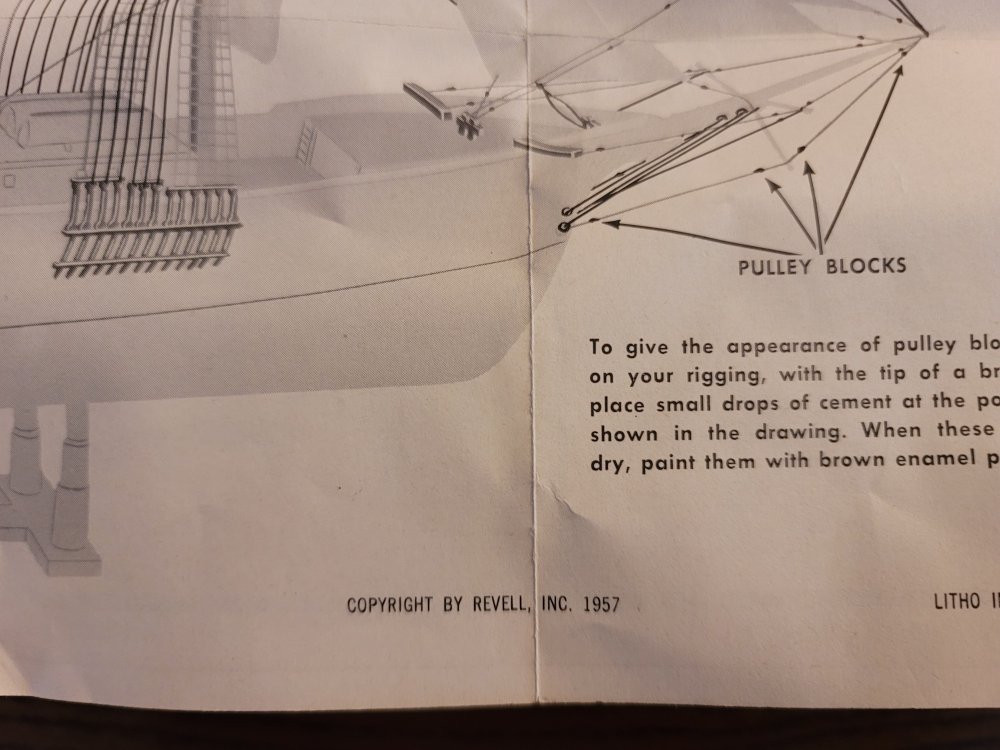
This is an old, but detailed model of the Flying Cloud. The hull and deck have been assembled.
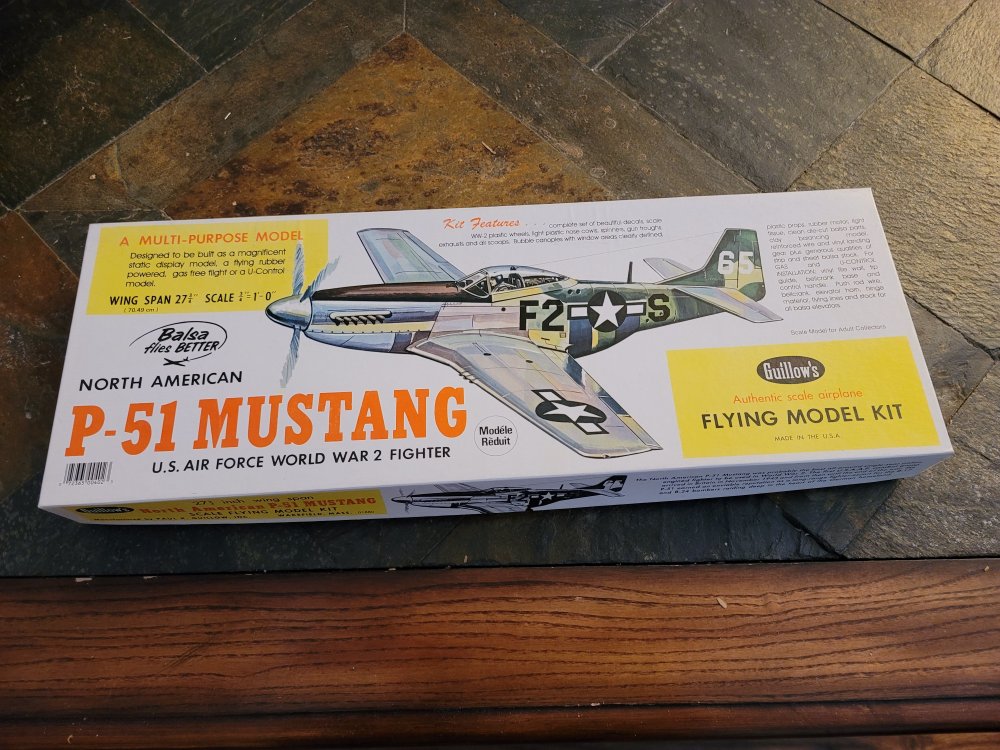
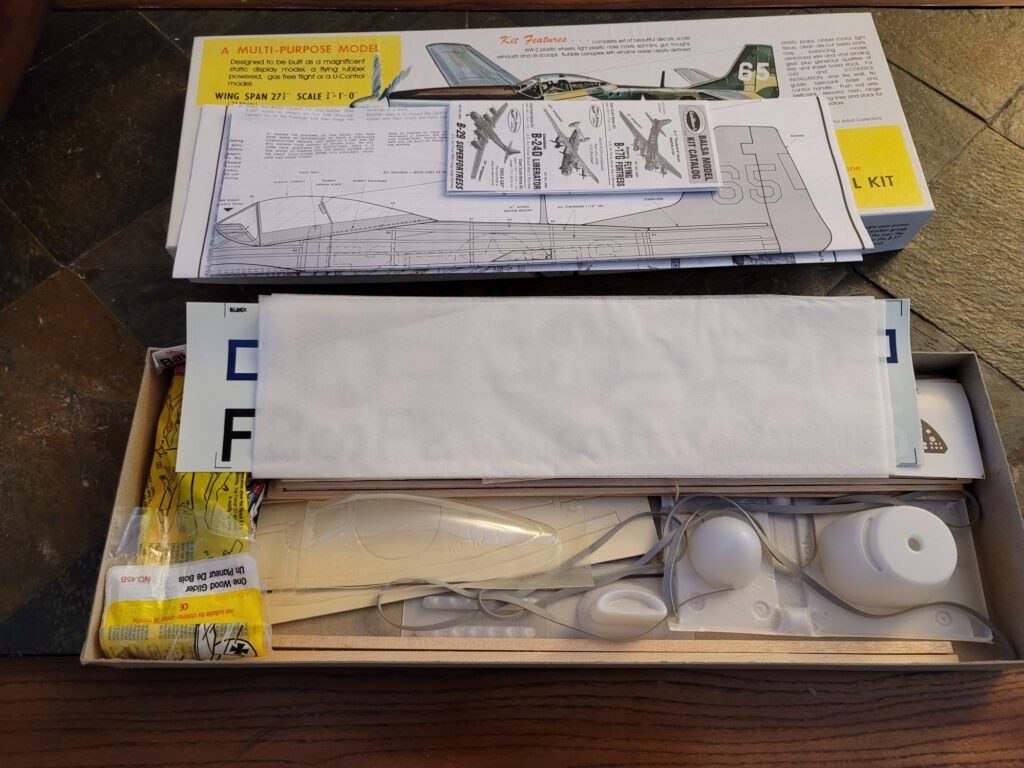
A basic balsa and tissue kit from Guillow’s. It includes some plastic parts and the rubber bands for power. There’s a bonus glider also in the box.
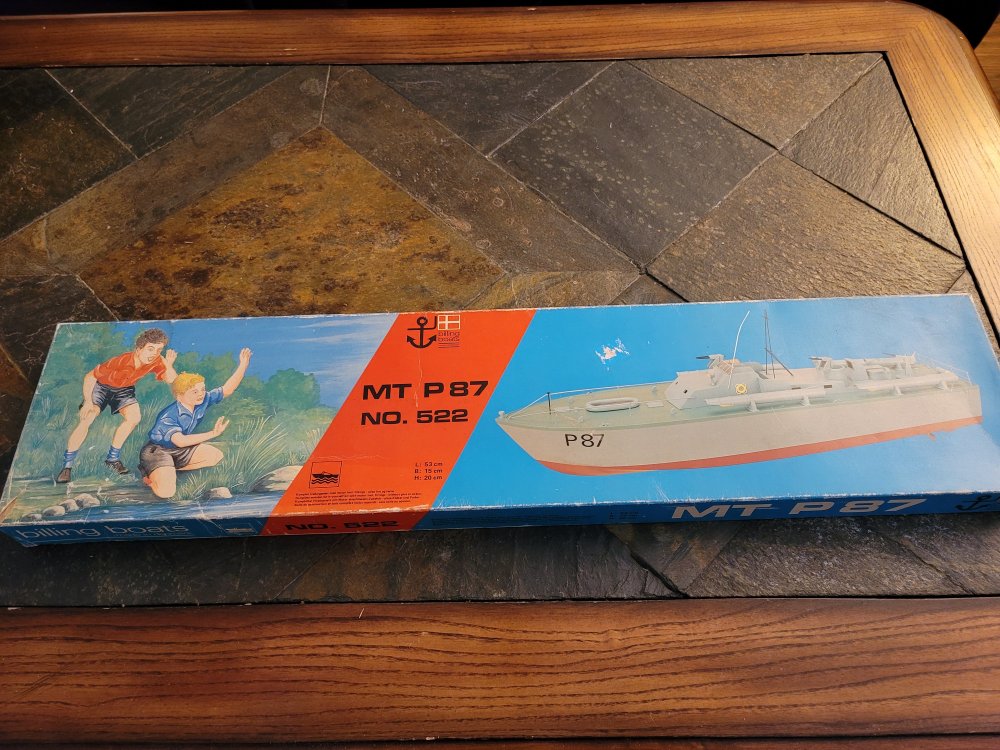
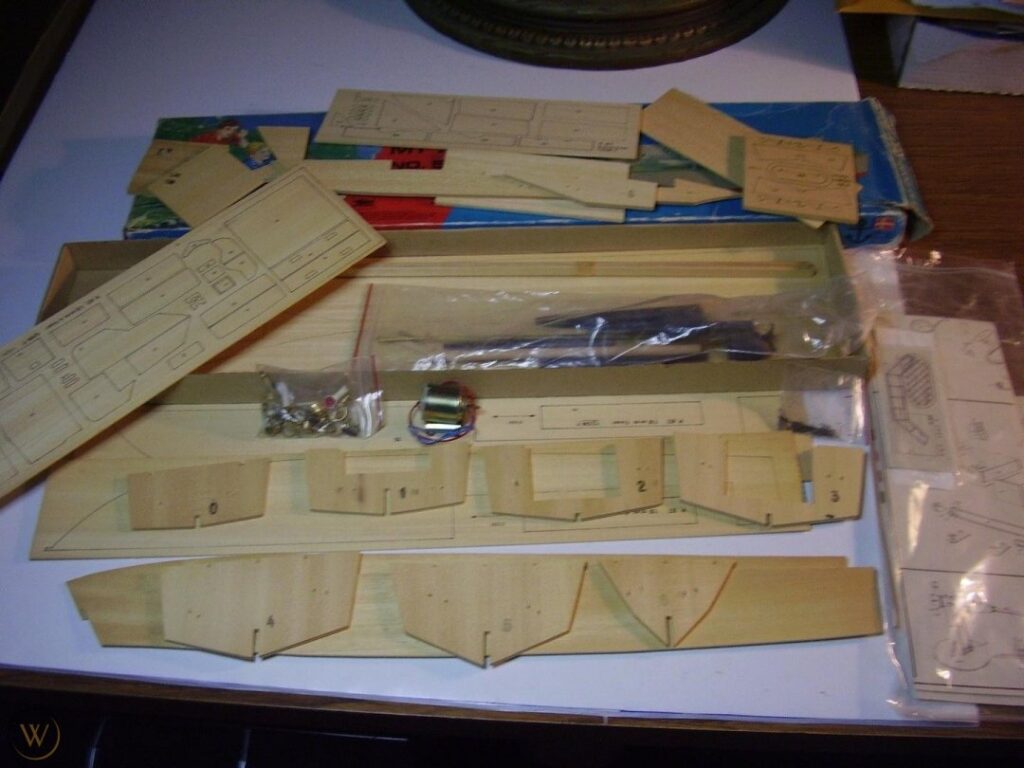
A PT type wooden kit from Billing Boats of Norway. I did not take the parts out of the box, but did find a picture of the kit online. The internal formers are made of heavy cardboard instead of wood and I don’t remember a motor, but it’s possible. Very hard to find online–listed as vintage.
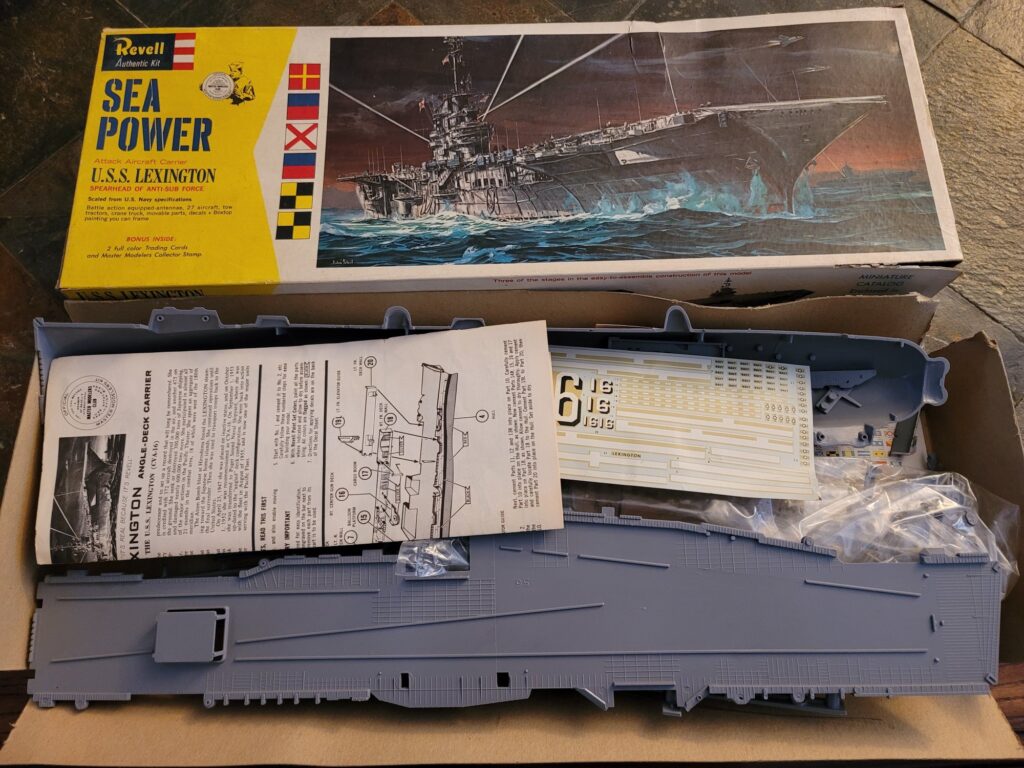
A Revell kit of the USS Lexington. This one is of her last incarnation and her planes are from the Korean War era. Research shows this particular kit is from 1961.
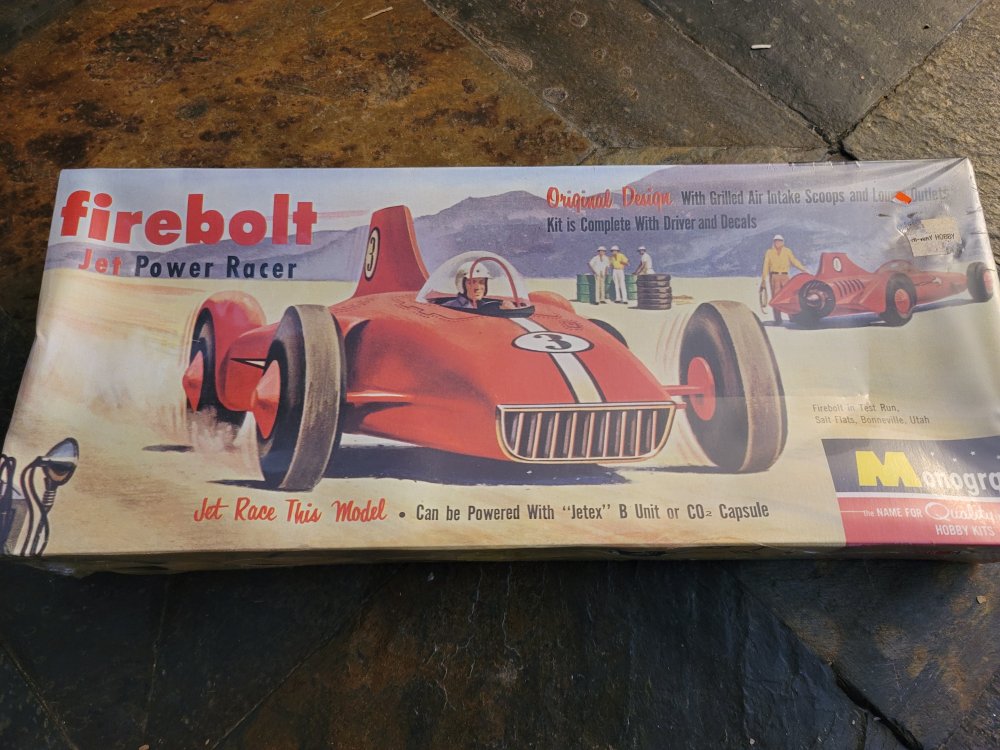
A Monogram mode of a Jet powered racer that apparently can be a powered model. It was still shrink-wrapped, so I left it unopened.
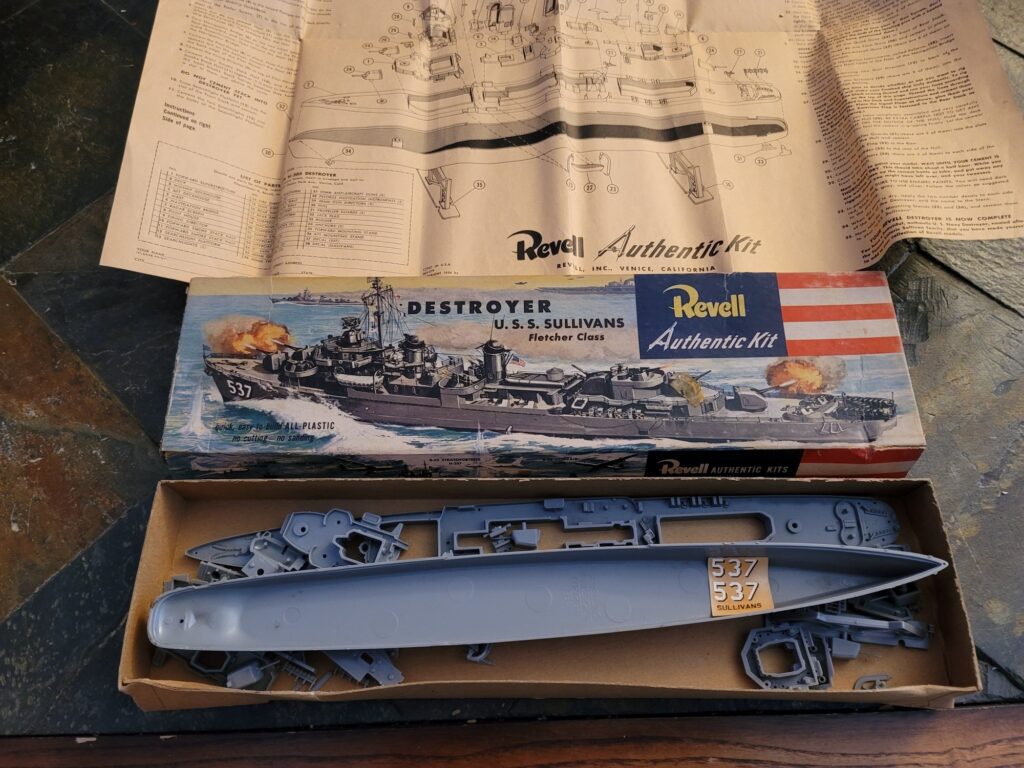
A Revell kit of the Fletcher class destroyer USS Sullivans. By the time it was launched, the ship was named the USS The Sullivans. There is no copyright date on this, but research shows that Revell released it in 1954 as their first Fletcher Class kit. The pieces are off the sprue, but no construction is evident.
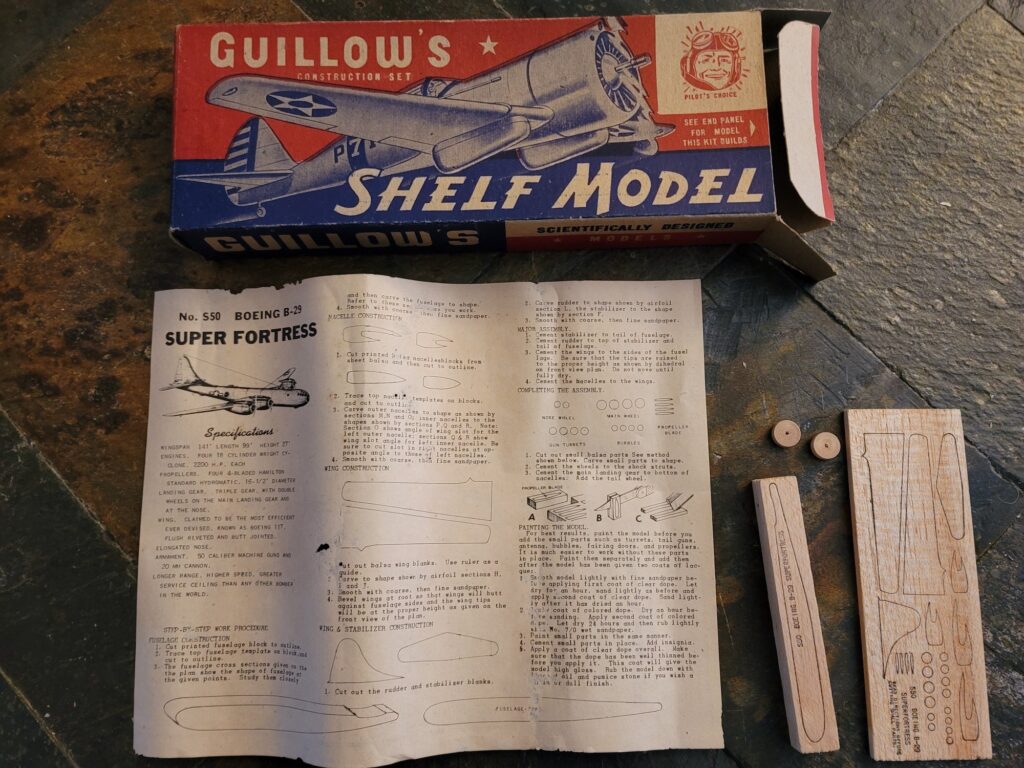
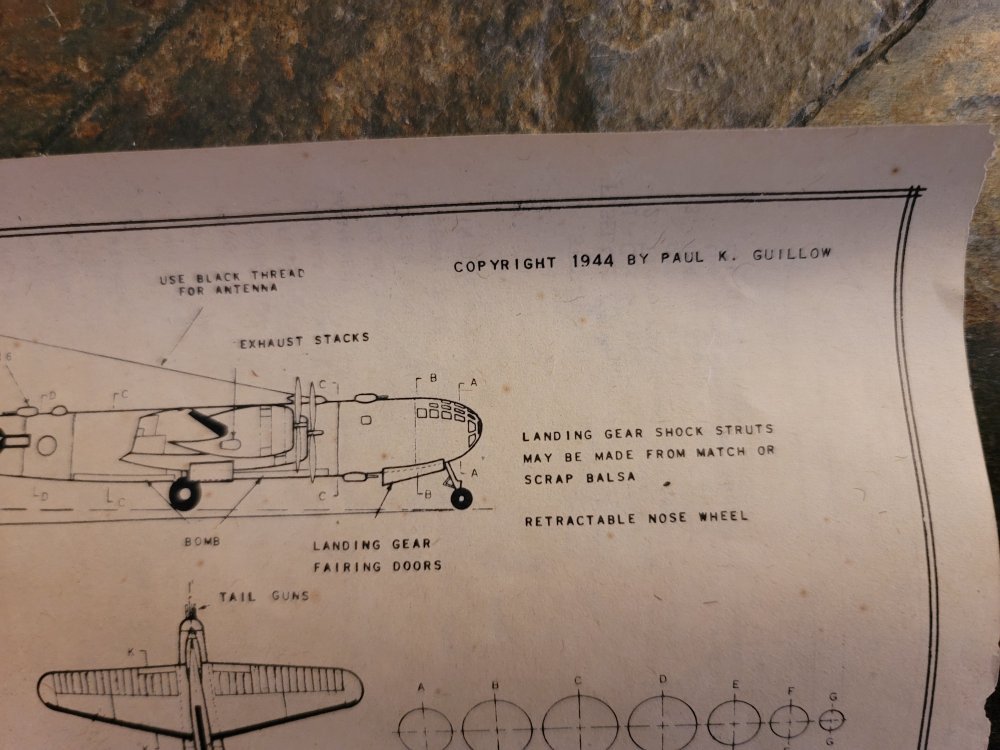
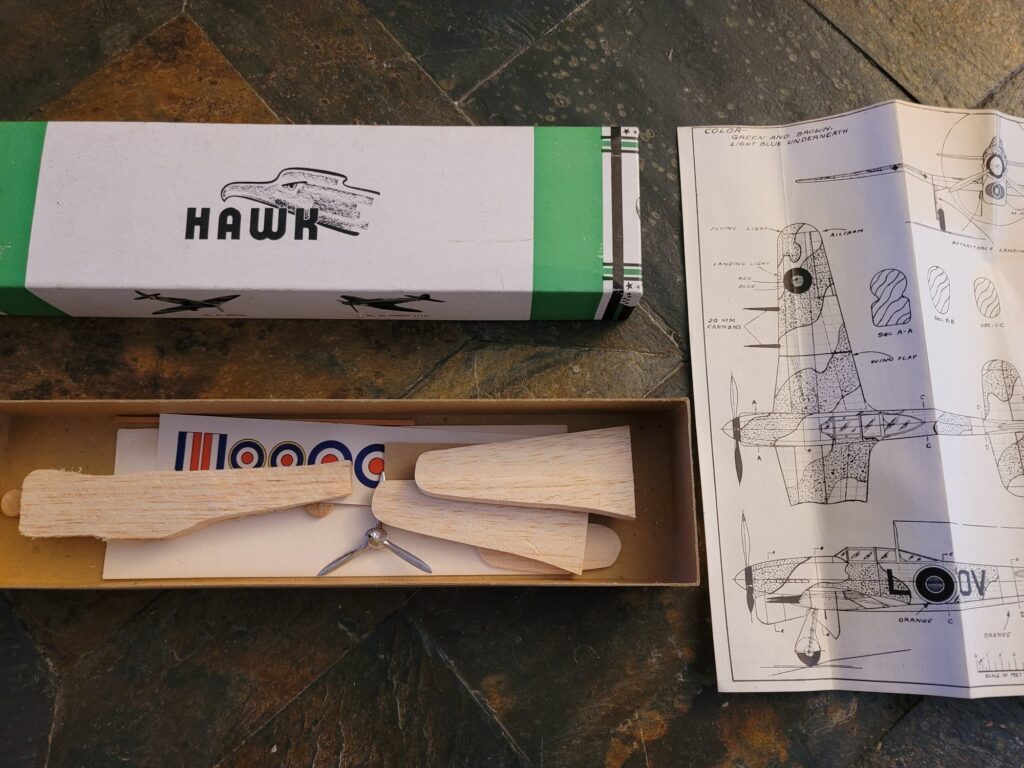
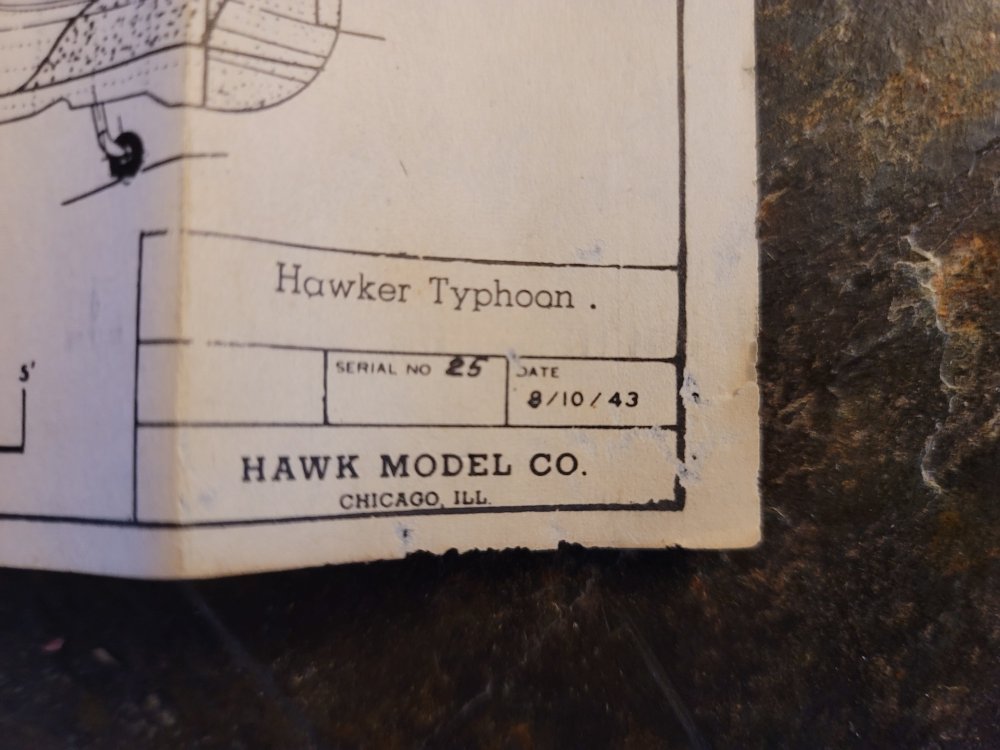
These two I am particularly impressed with. At some point, many years ago, I wondered what model building was like during WWII. These are in almost mint condition. There’s not really too much to them, and any detail work was up to the creativity of the builder. To aid the builder, this was contained in the B29 box and was probably included in all the similar kits:
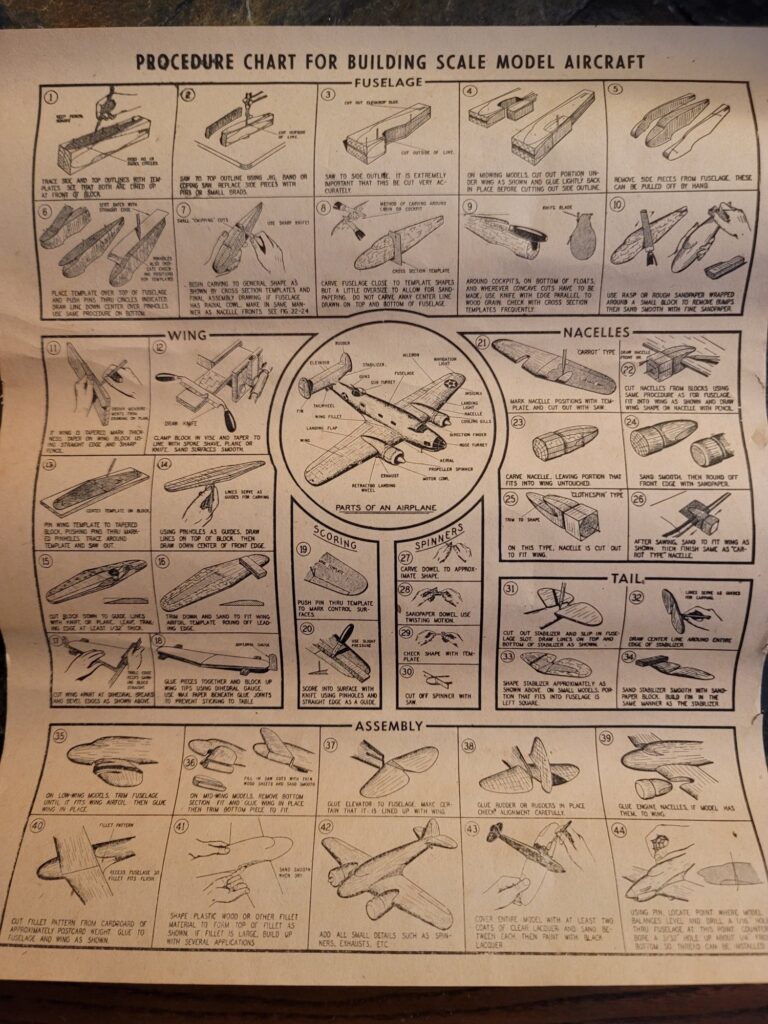
If you are interested in any of these or want to talk about them, please email me at [email protected].

